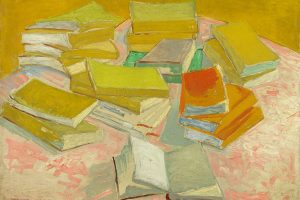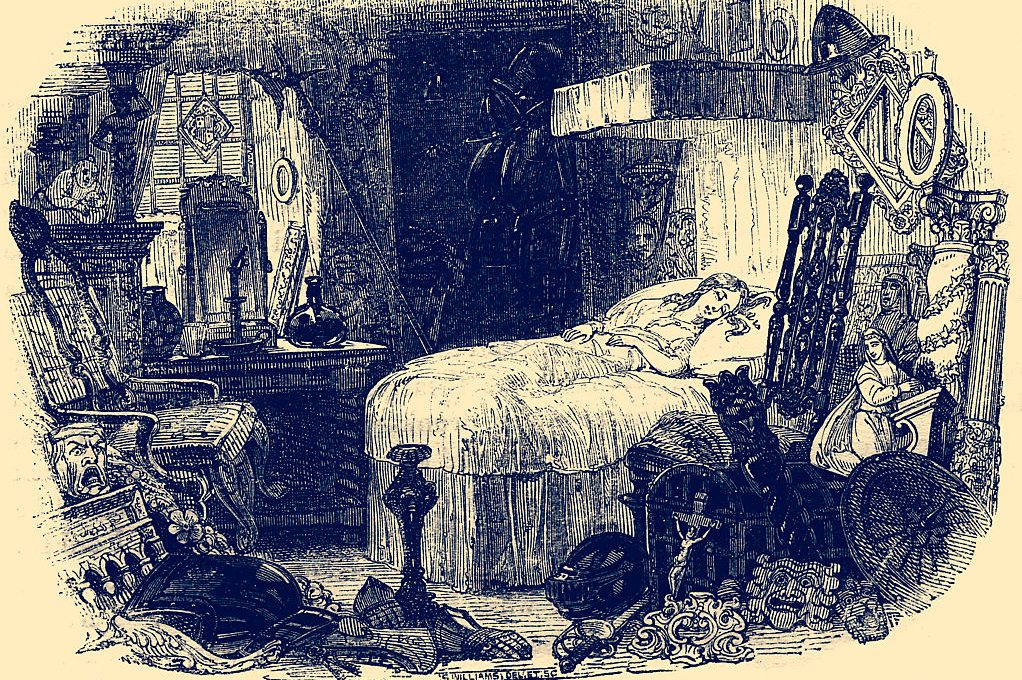“Spies, you are lights in state, but of base stuff, / Who, when you’ve burnt yourselves down to the snuff, / Stink, and are thrown away.” Ben Jonson likened his fellow secret agents to a tallow candle: a grotty necessity, to be discarded without regret.
Who now remembers Arthur Gregory, and his “admirable art of forcing the seal of a letter; yet so invisibly, that it still appeared a virgin to the exactest beholder?” Or the scrivener Peter Bales, so dainty with his quill that he could forge any handwriting, and who touted at Elizabeth I’s court the Renaissance equivalent of microfilm, a script so minuscule that he could fit the Lord’s Prayer, the Credo, the Ten Commandments, two short Latin prayers, his name, motto, and the date “within the circle of a single penny… so accurately wrought as to be very plainly legible?”
Secret messages could be hidden in a royalist’s wooden leg or in an aristocratic lady’s towering bouffant
These and other precarious grafters have been fished out of the bin of history by Nadine Akkerman and Pete Langman in Spycraft. A companion piece to Akkerman’s acclaimed 2019 Invisible Agents, about the flourishing of women spies in the English Civil War, it wears the weight of its impeccable learning even more lightly, as it canters through forgeries, codes, disguises, invisible inks and poisons.
Done badly, the book would still have what, in spy novel circles, is called “how-stuff-works appeal,” done well, as it is, there is joy on every page. “How usual it is for buffoons to be used as spies,” observed Robert Cecil, and Clouseau moments abound. Take the hapless Gunpowder Plotter Henry Garnett, who in his correspondence from the Tower of London decided marmalade would have to do as his invisible ink; or envious reports from Venice of such gadgets as “a pocket Church book with a pistol hid in the binding, which turning to such a page, discharges.”
Amid these capers is a serious message: that ignorance about the nuts and bolts of Renaissance spycraft leads to bad history. When Mary Queen of Scots took a week to respond to Babington’s inept invitation to a plot, it was not, as some historians infer, because she was wrestling with a dilemma. In fact, because encrypted correspondence was such a sluggish business, it was tantamount to an instant “Yes!”
Akkerman and Longcroft put their knowledge to good use, serving up a couple of (rather chewy) scoops, and testing and tabulating all the early modern techniques in a valuable appendix. The result is anything but dry: rather, the reader comes to share the paranoia of an age when even the Pope was using human guinea pigs, Dr. Mengele-like, to test poison antidotes. Secret messages could be anywhere: in a royalist soldier’s wooden leg; in an aristocratic lady’s towering bouffant; even in a raw egg, according to Thomas Lupton’s 1579 book, A Thousand Notable Things. (An egg soaked in vinegar for six hours becomes soft, so that a slit can be made in the shell, and a piece of paper insinuated. Another soak in cold water renders the egg unsuspiciously brittle again.)
For those who found Christopher Andrew’s soup-to-nuts history of spying, The Secret World, uneven or unwieldy, Spycraft offers a satisfying microcosm: the birth of an English secret service. So primitive was espionage in the court of Henry VII that he was obliged to learn the rudiments of ciphers from his more worldly Spanish daughter-in-law Katherine of Aragon. A hundred years later, Francis Bacon could justly claim to have devised “the perfection of a cipher, which is to make anything signify anything” and yet seem to the hostile observer “void of all suspicion.”
There were constant setbacks — when William Cecil tried to start an archive of the late Mary I’s papers, he was told that the documents were unavailable because they had just been used to stuff her corpse. But, broadly, this is a success story, of England’s explosive innovation in a high-stakes information war that has many echoes of our internet age. (Robert Dudley would sign his letters to Elizabeth with a doodle of watchful eyes: “an early modern emoji.”) Spycraft also culminates in an amusingly topical hate object, “the general post office,” founded by Oliver Cromwell not for the benefit of letter-writers but explicitly for surveillance — that his spy chief might “discover and prevent many dangerous, and wicked designs… by letter.”
Even the most down-and-out characters here cannot help but think in poetry, like the cryptanalyst Thomas Phelippes, thwarter of the Babington Plot, who later complained from debtor’s prison to Robert Cecil that the code he had been sent to break was of “such kind as will ask time to tread it out.” We might look back with condescension upon an age that believed poison could be neutered by dipping a “bezoar ston” into a goblet of wine (as both Elizabeth I and Mary Queen of Scots nervously did), but they in turn might pity us our leaden use of the English language — the one technology that has surely deteriorated since the time of the Tudors.
This article was originally published in The Spectator’s UK magazine. Subscribe to the World edition here.






















Leave a Reply